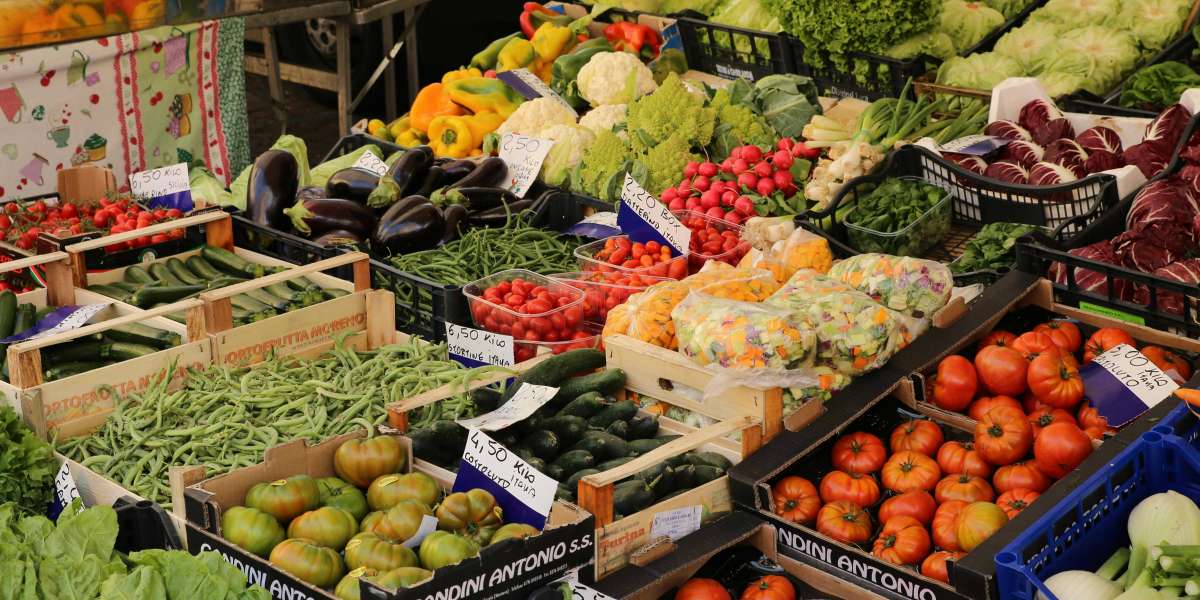Worm farming—also known as vermicomposting—is an easy, eco-friendly way to recycle kitchen scraps into nutrient-rich compost. Whether you live in an apartment or have a backyard, starting a worm farm is simpler than you might think.
In this beginner's guide, we’ll walk you through everything you need to know about how to start, maintain, and troubleshoot your worm farm—so you can turn your food waste into gardening gold!
What Is a Worm Farm?
A worm farm is a composting system that uses worms to break down organic waste like food scraps and paper. The worms turn this material into nutrient-dense worm castings, also known as vermicompost, which is fantastic for your garden.
You don’t need a large space or fancy equipment to get started. In fact, worm farming can be done right in your kitchen, garage, or balcony.
Why Start a Worm Farm? Benefits for Beginners
Worm farming is one of the most sustainable and low-maintenance composting methods out there. Here’s why it’s a great choice:
1. Consistent Compost Supply
Worms convert your food scraps into rich compost that improves soil structure and boosts plant health.
2. Reduces Household Waste
A worm farm keeps kitchen scraps out of landfills, helping reduce methane emissions and your environmental impact.
3. No Odor (If Managed Right!)
Unlike traditional trash, properly managed worm bins don’t smell. Worms thrive on fruits, veggies, coffee grounds, and tea bags—just skip the meat, dairy, and oily foods.
4. Makes "Worm Tea" Fertilizer
Liquid (also called worm leachate) collects at the bottom of the bin. Dilute this nutrient-rich “tea” with water (1:10) and use it as an all-natural fertilizer.
5. Low-Cost, Low-Maintenance
Once set up, worm farms are nearly self-sufficient. Just feed your worms and keep the bedding moist.
What You Need to Start Worm Composting
Getting started with a worm farm is easy and affordable. Here’s your starter checklist:
1. Worm Bin
You can buy a purpose-built bin or make one yourself using a plastic tote. Just ensure it has a lid and good drainage.
Need help choosing a bin? See our guide on [The 9 Best Worm Composters].
2. Bedding Material
Worms like dark, damp bedding. Use shredded newspaper, cardboard, leaves, or finished compost.
3. Composting Worms
You’ll need 1,000–2,000 composting worms to start (about 1 pound). Red Wigglers (Eisenia fetida) are the best choice for beginners.
Find them online at Uncle Jim’s Worm Farm, Amazon, or your local garden center.
4. Food Scraps
Feed your worms veggie scraps, eggshells, coffee grounds, tea bags, and bread. Avoid meat, dairy, citrus, or oily foods—they attract pests and upset the bin’s balance.
Choosing the Right Worm Bin
Before buying or building a worm bin, consider:
- Size: Choose a bin that fits your space and suits your household waste volume.
- Material:
- Plastic: Lightweight and affordable but can degrade in sun.
- Wood: Eco-friendly and breathable but may rot outdoors.
- Metal: Durable, but prone to rust and often more expensive.
Top Worm Bins for Beginners
Worm Factory 360
- Stackable trays allow easy expansion
- Compact and durable
- Can house thousands of worms
- 5-year warranty
Subpod
- Buried system that integrates into your garden
- Encourages worms to move freely through soil
- Doubles as garden seating
- Ideal for families
Worm Farm Maintenance Troubleshooting
Worm farms are low-maintenance, but here’s how to handle common issues:
Worms Drying Out?
- Mist the bedding or add damp newspaper.
Too Wet?
- Add dry bedding like shredded cardboard.
- Check for leaks or exposed areas letting in rain.
Worms Not Eating?
- Avoid moldy food.
- Chop food into smaller pieces.
- Try using a worm blanket to encourage surface feeding.
Worms Escaping?
- Check temperature, moisture, and food supply.
- Make sure the bin has a secure lid.
Flies or Pests?
- Bury food scraps under bedding.
- Avoid overfeeding.
Conclusion: Why Worm Farming Is Worth It
Worm farming is an accessible, rewarding way to reduce waste and improve your garden's soil. With minimal cost and upkeep, even beginners can enjoy a steady supply of free, organic compost.
By starting small and following the tips in this guide, you’ll soon have a thriving worm farm that turns yesterday’s scraps into tomorrow’s garden harvest.




